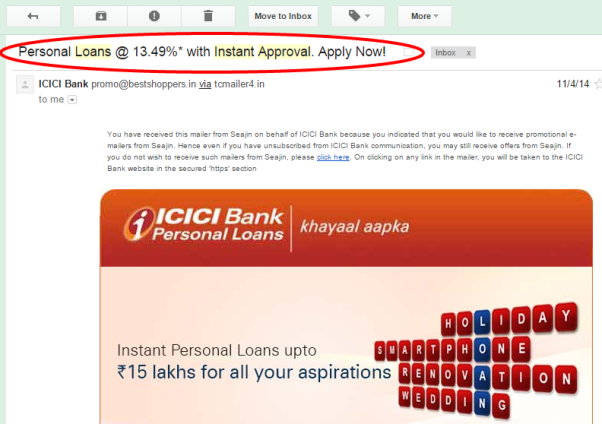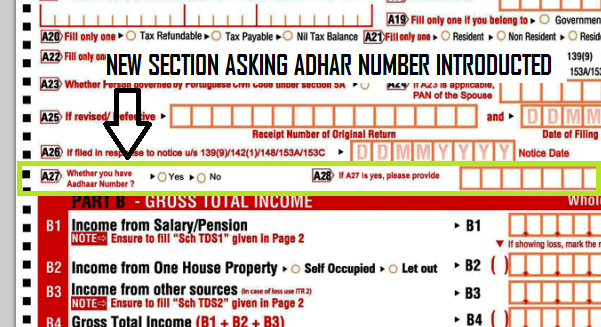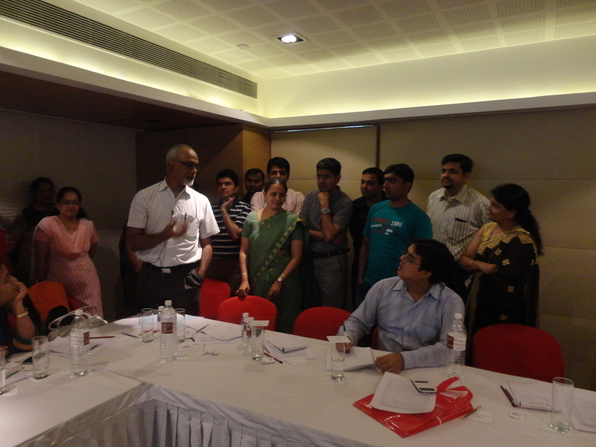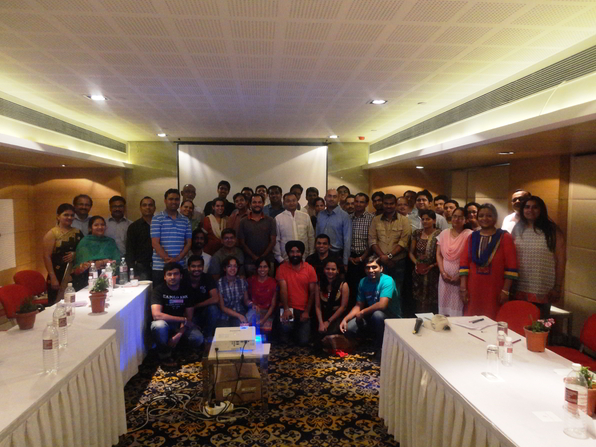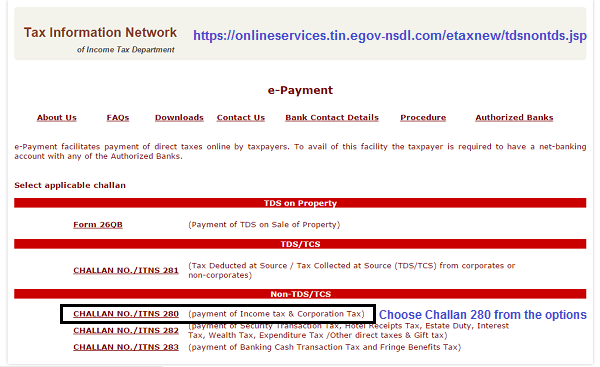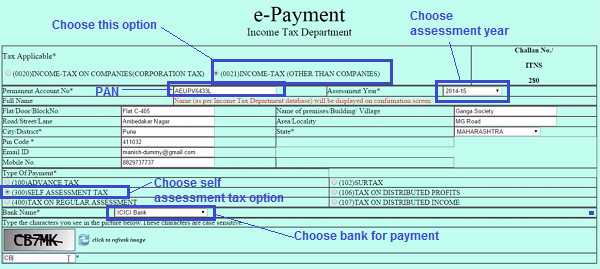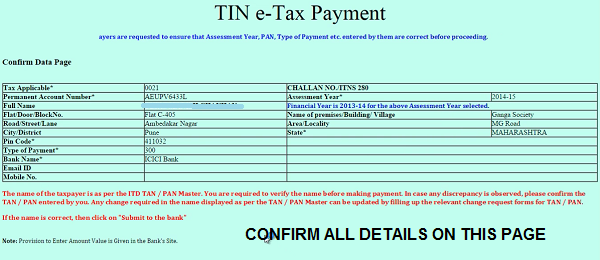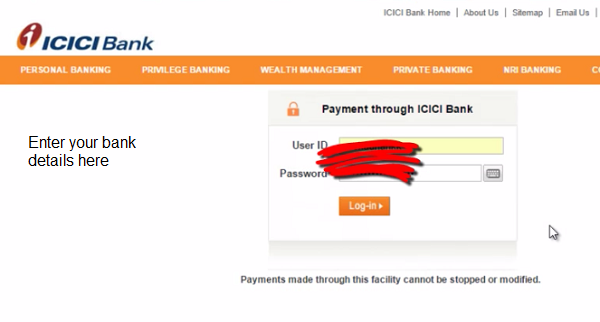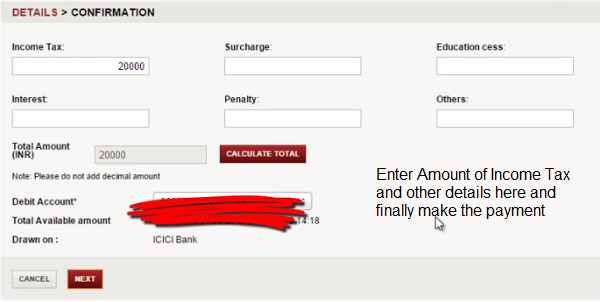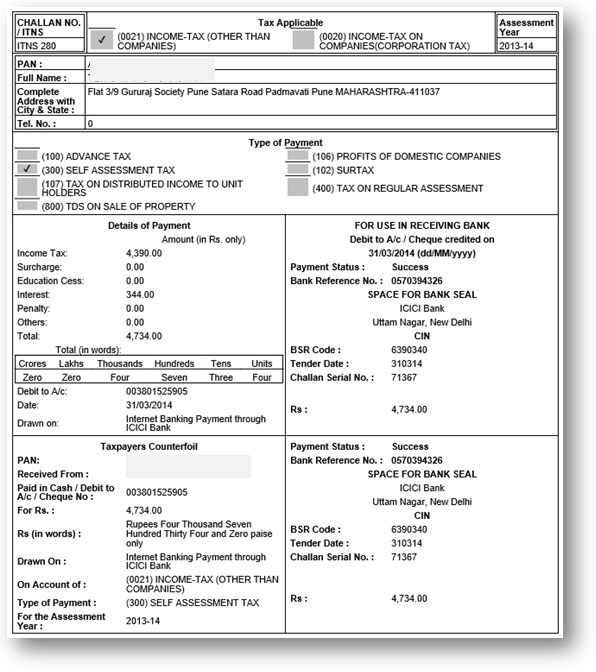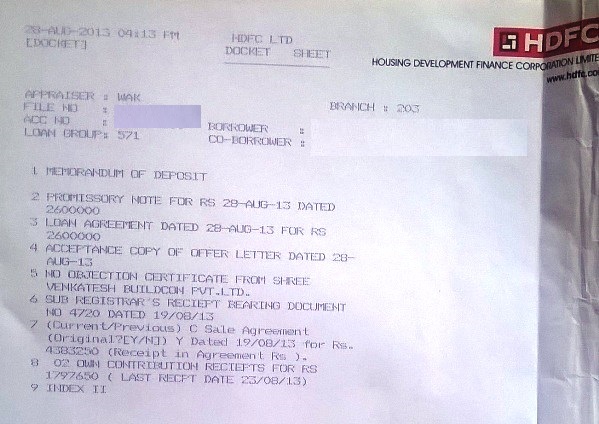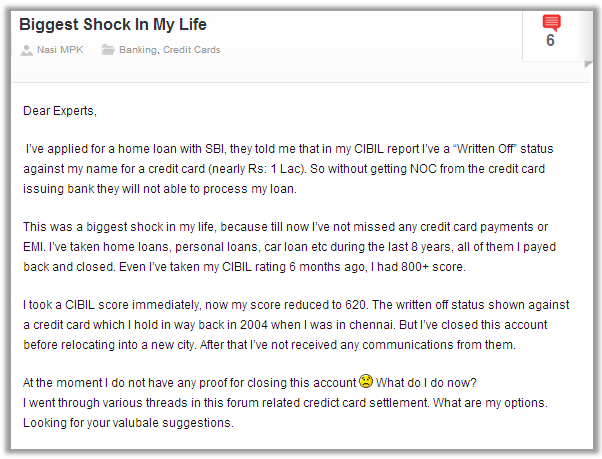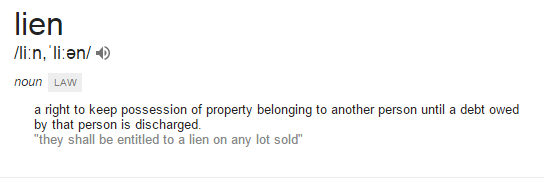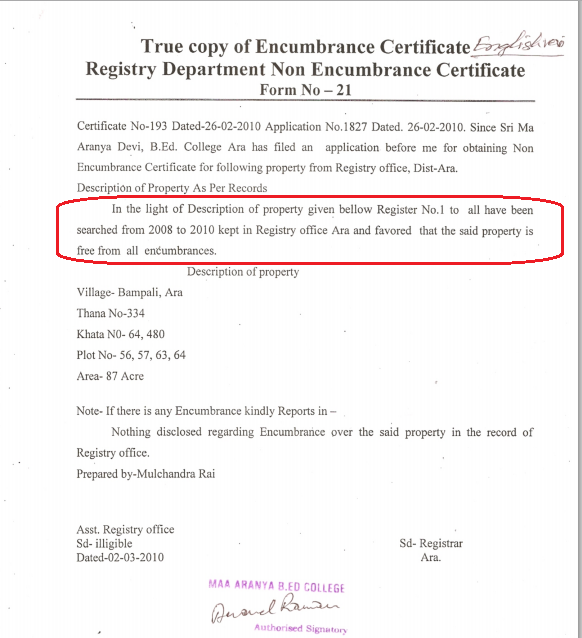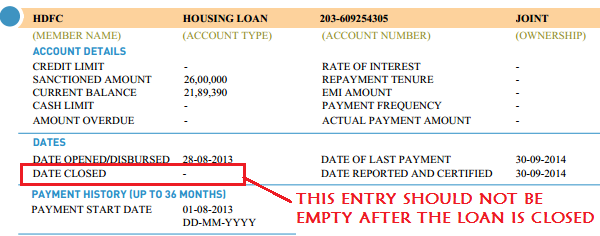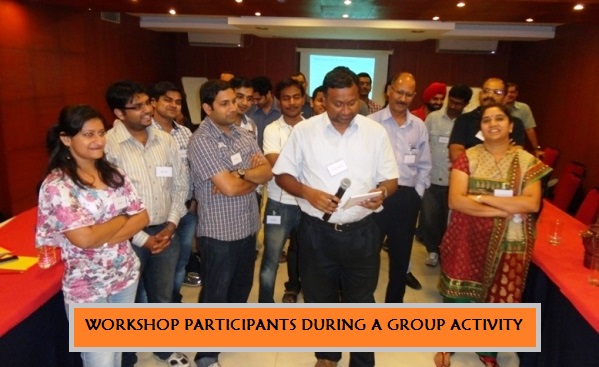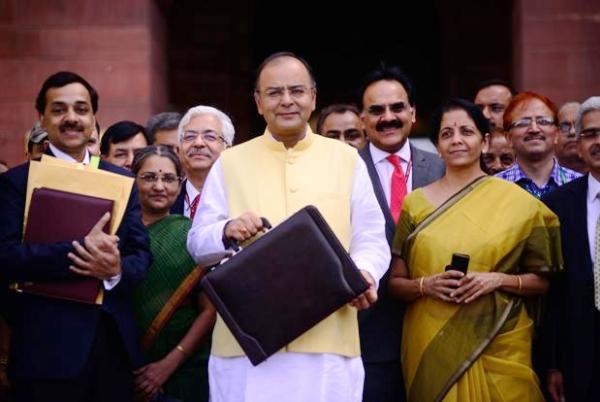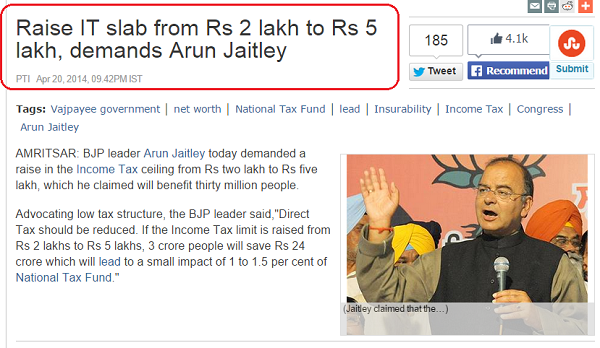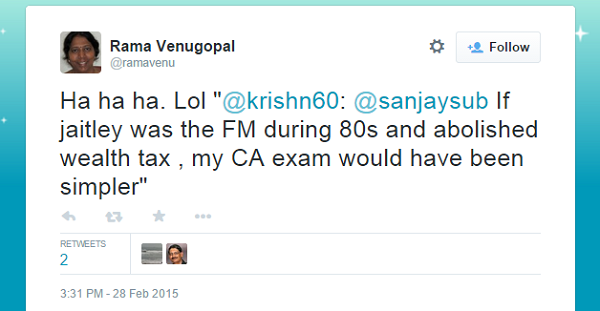Have you ever dreamt of leaving your job and starting something on your own? Are you frustrated in your job and don’t see a future? If that’s the case, I am sure that, you must be excited by the thought of “being your own boss” someday. Hence, do read this article fully before you take any final decision.
Last year, when I wrote my own story of how I had quit my job and went full time working on this website, I saw that a lot of people were impressed with my story. Everyone said it was a brave decision. A lot of people could relate to my situation and said that even they are looking forward to quit their jobs sometime in future and jump into entrepreneurship.

Pursuing your passion and getting out of your boring corporate job is definitely an amazing experience. It gives you a great satisfaction, sense of achievement and can be extremely rewarding, but only if things go right.
But WAIT .. you know what !!
You probably don’t have much idea of the other side, the darker side and thats what I want you to read in this article.
“Pursuing your passion” is over-hyped
Yes, you heard it right!
I have realized that the positive side of entrepreneurship is often over-hyped. Surely there are many awesome things of being your own boss, but then there are challenges and issues involved, which are buried deep down in the entrepreneurship world, not openly shared or communicated in detail.
When you meet a young entrepreneur who left his well-paying job to pursue his passion, what do you see in his life? I am sure you must be seeing the freedom he has in his life, the exponential growth prospects, no boss to report to and the satisfaction on his face. Right ?
But you never see the problems, issues, challenges and frustration which arises out of being an entrepreneur. I know it very ‘cool’ to leave your job to pursue passion and it has created such a glorious image in the eyes of people, that majority of them want to try it out someday in their life. But remember the old saying …
“The grass looks more, greener on the other side”

5 side-effects of being an entrepreneur
I know how amazing it feels when you leave your job to pursue your dream. It’s an awesome feeling. I have done that and been there myself. There is growth prospects, freedom and sense of satisfaction and many other great points. But today we are not going to focus on that because you already know all that. Today, I want to share the darker side. I want to share the challenges and problems which a person faces in his entrepreneurial journey.
I have also contacted few business owners and asked them for their experience and real-life issues they are facing, which you will read below. It would be a great thing to be aware of these challenges, so that in future you can take an informed decision on what to do and which side you should move. So here we go ..
#1 – Be ready with the inconsistent income
The worst nightmare for a salaried person can be an unknown number getting credited in your account every month. When you are into a job, you get a number deposited in your account each month, not less not more. You know the date, you know the amount and you are clear that its going to come for sure.
Things like rent, EMI, household expenses, bills and many other things are already defined and dependent on your salary and for most of the people, they just can’t afford any cut in their salary because their monthly structure will fall like a pack of cards
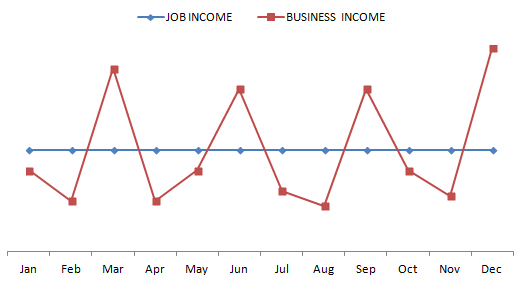
When you are into your own work, a big problem is a variable income and this is more true in the starting years. Sometimes you get Rs 40,000 in a month and another month, it can be Rs 1 lac or nothing. Over time, this uncertainty goes down, as your work improves and your foundation gets strong. You slowly move to a more consistent income zone, but still the variability remains in the income.
A real life Experience
Amit Singh, who runs an IT company in Pune shared his real life experience of how he faced cash crunch at one point of time and how he felt about it
You will run out of money and unless you can handle the stress that will follow, you should not attempt to be an entrepreneur.
I will tell you my experience, in the initial days everything was as I had imagined, but then came a time when we had no projects for more then two months we run out of all our saved money, during that time the team I was counting on failed me, we had a very hard and stressful time, but it was ultimately my responsibility and blaming would not have solved the problem.
It took us six months to recover from that two months financial liabilities.For most of us it’s long working hours and no holidays, for a long time you will not be able to take any vacation and you will be working for average 12-14 hours every day. You should also forget about work life balance, it will only be work.
#2 – You will doubt your decision many times
While a job has its own frustration, working on some venture also comes with its own set of psychological problems. You always wonder if you made the right decision or not, especially if your income is not as per your expectation or if you come across some challenge and that affects your business, you get many sleepless nights wondering if you took the right decision or not.
One of our readers, Rishikesh Sinha shared what he thinks about this point and he shared his thoughts and experience.
Sometimes when I feel low and analyse things around me in terms of monetary and relationships with people, including near and dear ones. I find, entrepreneurship is indeed tough and demanding. I don’t have enough money for disposal, to spend on things that brings happiness or comfort, though momentary it may be. Had I been an employee, atleast I could very well spend on necessary things without blinking an eyelid. But it is not in case of being an entrepreneur, a rupee spend has to be weighed upon. It seems the money I earn is not mine, it is of the customers.
This is about money. In case of relationships even, you find money plays a pivotal role. Being a brother, being a son, being a neighbour, being a husband, being a friend even, my monetary role — someway or other way — plays its role. And I find it hard to comply with all these roles. I see around, being an employee people have done what they could do the best with themselves. They are happy with no remorse.
Here I find, had I been an employee atleast I could have kept many people happy (if not all) in terms of monetary. People would have looked at me as a successful and resourceful person. But in case of entrepreneurship, since they don’t see money coming out of my pocket, my existence doesn’t count.
One more benefit, that I see being an employee is that he or she becomes the extension of the organisation. This is a great benefit as a person. You are being defined with your organisation. In case of entrepreneurship, it is not the case. You and your business are alone. You are always vulnerable to predators.
If one month goes bad, you start feeling tremors under your feet and it’s really very disturbing fact, because then you extrapolate that one bad month into distant future, and start thinking – “What if the whole year goes like this?”. Your imagination takes you to extreme possibilities and you are devastated. Job has its own challenges and doing your own work also brings its own set of challenges. The image below depicts it quite well.

Only after this has happened to you many times you overcome this feeling and stay relaxed.
#3 – Lack of focus in work
This point is one of my favorite. When I left job, I always thought that now, I am going to be my own boss, no one to disturb me and no one to questions me. I will focus all my energy and time in things which I love.
I was delighted and thought – “WOW – No one to monitor, no deadlines and no one to report to”
What an amazing situation it would be.
However, now after almost 4 yrs, I can assure you that my thinking was wrong. What seemed like a blessing turned out to be a curse. Because there was no one to monitor, and because there were no deadlines, things didn’t happen on time and the productivity went down. I didn’t report to someone, hence there was no one to push me to do things on time, I was my own boss and I always forgave myself for everything wrong I did.
When you are in job, you have a deadline, you have someone above you who will demand things and you are forced to focus on your work. But when you are on your own, its a big challenge to do things on time. The freedom comes at a big cost. I can start my work at 2 in afternoon and unless I have a great discipline, it affects my business. The above points are more true, if you have a home office kind of setup.
Here is what Enterpreneurship article says about this topic
When you don’t have a boss or company tracking your progress, it’s easy to lose focus. Your freedom to do whatever you decide with your time will backfire if you don’t stick to a schedule and plan. Today, things like social media notifications can lead you down time-wasting rabbit holes.
So understand that when you are not into job, its really really tough to follow a 9-5 kind of schedule because it doesn’t exist at all and sometimes you wonder, if a strict timeline and someone yelling on you to be late was a blessing in disguise.
#4 – You can still be frustrated
It’s very much possible that in reality your plans might not workout as per your expectations. You had high energy and motivation when you begin, but then somewhere in between things start settling down and after a while, your whole excitement fizzles away and you get frustrated at your work and different things you have to deal with in life.
Hence, it’s very important that you carefully choose why you want to leave your job and start something on your own. Just because you hate your current job, can’t be a strong reason to quit. I suggest you to find a more stronger reason to quit, because boredom and frustration are part of any kind of work especially if you are not innovating after few years and you get into that cycle again.
A lot of people say “I hate my job” . But that alone cant be always a reason to follow your passion. Here is a comment made by a reader on this topic
But before quitting job just make sure that you are leaving your job because you reallyy passionate abt what you REALLY want to do or start. You simply love it..
It absolutely does not make sense that I hate my current job and that’s why I want to quit it. Always think why you hate your job. It’s because you lack somewhere or you are not having proper skill to do it otherwise you like your job. If that’s the case start working on areas where you are lacking (Comm skills, technical skills etc..)
I am also in Software field and in future my plan is to go in Education field because i think i can really make a difference there but before that i would like to make sure that i am really passionate abt it and i am working on it..
Just because you hate your current job, does not qualify as the reason for doing some business on your own because if your heart is not in that, you will again start hating it. One of my friend Nooresh Merani (appears on CNBC) does exactly that. He left his IT job to become a full time stock trader, not because he hated his job, but because he loved trading 🙂 . Below is his story in his own words ..
The biggest reason for an entrepreneur to become one is to love some work/hobby/ passion for which one is ready to make a lot of sacrifices.
So when i quit an IT job it was the love for being an advisor, trainer , trader and not because i hated my job. Well i loved the 6 months in that job as i was on bench and getting paid for having fun and also run the blog. The worst way to become an entrepreneur is to hate ur prev job.
A lot of entrepreneurs will talk about how when there is no revenue no income and working so much for it was a dark period. It makes all of us feel good as we have taken the other road. There is a tough part when you are doing good business , good income you have to make many more sacrifices as you are a boss 24/7 and not an employee 9-5.
So for example 2007 was equally tough for me in hindsight. As very rarely met my friends, sports reduced , had free tickets to ipl from friends ( he even took his barber ) and i could not make it for even one of the matches. Work was 24/7. Luckily i was single :).
Learnt from that and had a lot of fun in a lean period post 2008 where markets were sideways 😉 . An entrepreneur needs a support staff in his/her family as the toll comes on them for the sacrifices. Entrepreneurship is like another marriage where your wife ( if u have one ) ur mom/dad and friends accept your second wife.
For them to change , sacrifice is tougher.
One standard example – every entrepreneur needs capital/ raw material which can be intellectual, hard cash or money , technology. Also capital requirements are needed to for further growth. What you do not have ? Are you ready to stay on rent ? Are you ready to mortgage property ? Many tough questions.
You will not even get a home loan 🙂 or a car loan easily. I could stay on rent for 8 yrs because of support from parents and then my wife and in laws 🙂 i still do for comfort but have an own flat too.
I always remember these lines even if i plan to work for someone or myself. The monthly salary is one of the most harmful addictions and the only one which lets you live and not kill.
Nooresh has also done a nice presentation for those who love stock markets and wondering how to become a full time trader
#5 – Your work and life balance goes for a toss
When you get into your own work, the one big issue is that your work and life generally becomes one. Because now you are the boss. You sometimes work from home, you go to office sometimes, you might have few things to work on Sunday’s , early morning and round the clock few times.
Here is a real life experience of one of my entrepreneur friend Harsh Agarwal from his life.
The hardest part of being an entrepreneur is to draw a line between work and personal life. Especially those who started their journey before marriage, they will find it hard to balance the two life. Undoubtedly finding that balance is essential, as soon your personal life will start governing your professional life. Leaving the zone of being workaholic is not going to be an easy task, and here is one quote to help – “Family happiness is the ultimate reward for my hard work”
Success comes with a cost, and sometimes it’s too high. If your friends share the same vision or share the same bandwidth as yours, you will have no problem. If not, get ready to walk alone. Your friends will be supportive, will appreciate your work, but they won’t be there when you need to discuss an important idea or problem. Moreover, success begat loneliness, and when you move ahead in life, it would be harder to have new good friends.
The liberty of leaving your work as it is on friday evening, only to resume it back on monday morning is absent most of the times. You personal life gets affected due to this, because your family wants a separate time from you and they might find it frustrating that you are never completely out of your work.
Should you leave your job, even if you are earning a good enough salary ?
Given the kind of salaries some people are making these days, many a times I feel that one should work for few years even if they are not in love of their job and make some decent money and reach a milestone in their lives before plunging into entrepreneurship.
This is more true for sectors like Software, because I have seen some people making amazing salaries which is just not possible in first few years of struggle when you work on your own and given how important money has become in these times, I think its makes more sense (not always, but in most of the cases) to give some time with focus on making money only and acquire basic things in life first before you plunge to take risk
Example
One of our clients has just returned from Australia and is around 38 yrs old. He has been making good money from many years, and wanted to open his own restaurant in Pune and this thought was in his mind from the time he started working at age of 27. But the salary was too good to ignore. So he decided that for 10 yrs, he will focus all his energy into making money only and reach a milestone first. Today he has a flat with no EMI, a respectable bank balance and now he thinks, that it’s a better time to take the decision of leaving his job to pursue what he wants.
So if in your case, you need to decide if it makes sense to work a little more years only for the reason of making some more money and reach a situation which will allow you to take the decision of quitting you job more easily. Only you can decide that.
Entrepreneurship can be a very lonely world
I asked Ronak Hindhocha, one of my professional friends to share this views on this topic and what has been his experience and below is what he says
Entrepreneurship is a very lonely world unless you have a co-founder who totally understands your business. If not, it can be very difficult to build a team that can match up to a level where they start knowing what you go through day in and day out.
A lot of times, you’d feel like quitting. You can quit from inside but you can’t show it to the world. With each passing failure (whether big or small) things only get tough. To a point where you start questioning whether you’ve made the correct decision by venturing into the unknown.
For entrepreneurs who are in a product business (which works very differently than a service business) it can be extremely painful especially for first time entrepreneurs. You come across so many unknowns and if you are lucky enough to survive the first 2-3 years you almost get used to the daily grind.
Entrepreneurship takes a toll on your personal life. And yet, you cannot survive without their active support. So, you’ve got to try really hard balancing personal and professional life. It forces you to bring down your standard of living many notches down. While earlier you’d not think twice before going for a movie or spontaneous shopping spree you’d now find yourself defending why those unnecessary splurges no longer make sense.
Entrepreneurship makes you anti-social over period. You no longer enjoy social gatherings where pointless discussions are a norm. So there comes a point where you stop attending them. Your family/friends start wondering if you really care about them. Sure, you’ll piss of some of them. The true friends will remain but lots of them will stop worrying/caring about you. And the anti-social animal within you won’t care either.
You should also view this video below from Nadia Arain, where she talks about the Dark Side Of Entrepreneurship and her experience.
Having skills does not mean everything
Job and business needs different skills, mindset and dedication. Some people are not born to be employees and some are not born to be employers. It’s totally fine to know which side you belong to and accept that fact.
Neil Patel, one of the most famous internet entrepreneur shares his view about what is required for entrepreneur life

Strategic vs Being Negative
I know that to some people, all what I am saying will sound a bit pessimistic. But that’s not the case, I am just trying to say that you could time your decision in a better way and with proper planning, which will increase your chances of your success with a huge margin.
There are many examples, where a person left the job to pursue the passion and it didnt work well and after 2-3 yrs of struggle, they had to come back to their jobs and that too at a lower salary, because their career went back by few years.
For example, imagine that a person with 8 yrs of experience today has a 20 lacs per year package in year 2015. The person has a choice
- Leave your job in 2015
- Make 1 crore more in next 5 yrs and then leave your job in 2020
There is no right choice here, but only “your choice”. You need to check which option works better for you? It should not happen that in order to chase your dreams, you create a situation where you regret it later and your loved one’s suffer so much, that its beyond repair. Take a responsible decision. Darren Rowse has written a great article on this topic
Doing a job can be equally awesome
I want to just make sure that many people who have started hating their jobs, just understand that there is always some kind of struggle involved even when you are not into jobs. You need to relook at things with different perspective and should appreciate what a job has to offer you. The world needs people who are working in jobs, just like they need entrepreneur. Not everyone can be an entrepreneur and it’s totally fine.
A job, might nor offer the equal exponential growth opportunity like a business, but thats fine. You dont need that always. You should appreciate the consistency of income, good work life balance and an atmosphere where you can grow well in life.
I still miss those days in my past company, where we had team outings, working with colleagues which was kind of another family, going to cafeteria to just waste time with my group (not my team), those free lunches and a complete two days of no work. You can always pursue your dream on the side slowly transforming it into a stronger part of your career and also create an income out of it. Take some inspiration from this example if you want to understand more on what I am saying.
Disclaimer – My intention in this article is only to showcase the side effects of being entrepreneur – and various experiences of others. In no way I am saying that one should not try it, but my only focus is that one should be clear about what all they can expect when they leave their jobs to pursue their passion. I am myself one, and very happy with my decision 🙂
I would like to hear your thoughts on this topic and anything you want to share ?

